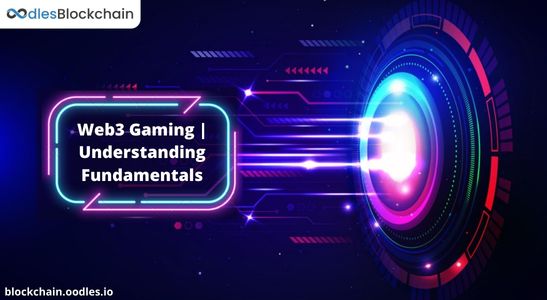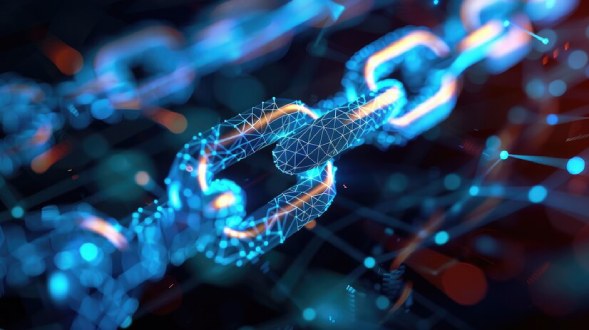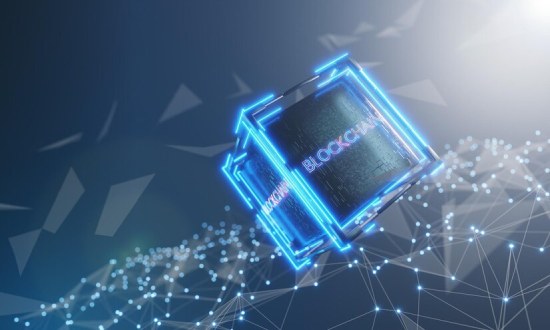-
Web3 has transformed a variety of industries, including gaming. Web3-based games, which are a significant departure from traditional gaming platforms, allow players to interact with the games in novel and decentralized ways. People can play games and earn cryptocurrencies and NFTs with Web3 gaming. It aims to democratize various aspects of gaming by giving the power of governance to players rather than a single centralized authority. Web3 has emerged as the latest significant breakthrough in the blockchain app development space.
The Challenges with the Traditional Gaming Industry
Although in traditional gaming, in-game content or digital assets are purchasable with fiat currency or users can claim them as rewards, game operators still reserve the copyrights to in-game content. Essentially, players do not possess ownership rights of those in-game digital assets. Instead, in the traditional ecosystem, player ownership is merely a license to participate in certain components of the game.
Furthermore, all game-related data is saved on centralized gaming servers, which game administrators have complete control over. Game producers lack the resources and expertise necessary to supervise and facilitate a transaction in which players wish to swap their digital assets for a profit.
Gray markets have emerged as a result of the inefficiency of centralized servers and traditional gaming, providing opportunities for hackers and scammers. They take advantage of players while providing no benefit to the developers or administrators. Administrators fail to protect gaming platforms and their users from hacks and shutdowns. Digital assets are also at risk of loss, fraud, and theft due to the centralized server's inefficiency in protecting itself against attacks.
Also, Read | How Blockchain is Redefining the Traditional Gaming Space
How (Blockchain) Web3-based Gaming Proves to be a Viable Solution
Web3 gaming uses cutting-edge concepts such as gaming Decentralized Autonomous Organizations (DAOs) with decentralized gaming ecosystems, blockchain-based game asset ownership, play-to-earn model, crypto-secured gaming wallets, and metaverse gaming to address all of these issues.
Gaming on the Web3
Web3 gaming is a decentralized gaming process in which the operations of a gaming ecosystem or platform are delegated away from any central authority, specifically the ownership of gaming assets and decision-making in all elements of gaming.
The games in Web3 are made possible by incorporating blockchain technology into the gaming ecosystem. It let players voice their opinions on when and how the game should progress. Web3 gaming also establishes the framework for play-to-earn for gamers. It transforms the pay-to-play model by allowing users to trade assets, and tradeable game tokens, and earn cryptos while playing.
Web3 gaming creates a level playing field for the gaming business by allowing gamers to access and own in-game digital assets. These assets are unique in nature and are saved in the form of gaming NFTs.
By connecting in-game materials and players across platforms, Web3 gaming also allows for a wide range of interoperability among multiple gaming ecosystems. The level of interoperability is determined by the sort of blockchain platform used to build a gaming ecosystem. Polkadot or Solana, for example, provide interoperability in cross-chain communication bridges.
Also, Read | Insights into Blockchain, NFT, and Metaverse-based Gaming
Now that we've learned about Web3 gaming, let's look at some of its features in the next part.
Protocols for Ownership Management and Data/Asset Interoperability
In the Web3 metaverse, the capacity of blockchains and NFTs to allow true ownership and interoperability in gaming provides the largest opportunity for gamers.
NFTs are the new face of Web3 gaming, and their popularity has exploded in recent months. This is due to the fact that they offer something that previous gaming models did not: the ability to really own virtually any type of unique in-game asset or object.
In traditional gaming, a player would buy a one-of-a-kind in-game item. What happens, though, when the same gamer moves to another game? The time and money spent collecting the thing, or a collection of items, gets wasted.
Consider how many gaming products are getting squandered in cyberspace.
In Web3 gaming, interoperability is the best answer. Because these items may be moved between games, gamers no longer need to pay money for them. It gives players more freedom and allows them to move among as many games as they choose.There's no need to worry if a player no longer wishes to carry that item or finds it beneficial! They may just sell it on secondary markets, effectively turning in-game NFTs into long-term investments rather than one-time purchases.
Out-of-the-Box Gaming Experiences for Players
Web3 gaming's top players demonstrate how the new gaming ecosystem thrives on experiences personalized to players' tastes. Many important characteristics of web3 games that focus on providing the best benefits to players are available. The play-to-earn games, for example, demonstrate how players can make the most of games in order to earn money. Furthermore, the self-sovereignty feature of web3 games stresses how they consider player advantages.
Also, Read | What changes do AR and VR bring to the gaming industry?
Improved Availability and Transparency
The distributed nature of the process is one of the most noticeable aspects of 'what is web3 gaming.' You don't have a single point of failure like traditional games' centralized servers. Furthermore, for improvements in the gaming process, blockchain-based games require voter consensus.
Web3 games, as a result, can provide more transparency. Furthermore, the web3 gaming ecosystem's independent operations with minimum central authority involvement provide excellent availability. You can also benefit from highly resilient data storage facilities and block minting for improved scalability and reduced downtime.
Also, Read | GameFi | The Next Big Thing in the Crypto Space
Integration of Traditional Games
Another intriguing element of Web3 gaming is that it integrates and upgrades earlier game models into metaverse and blockchain platforms. The gaming experience is incredibly personal, and each player has a favorite game. Web3 proposes to improve old and popular games by bringing them into the metaverse, where users may create avatars and trade in in-game assets and collectibles.
Conclusion
By incorporating metaverse and blockchain technologies into the gaming industry, Web3 gaming has changed the entire gaming environment. It has democratized the gaming industry by removing central game administrators and platform owners.
Web3 gaming is also powering the financial element of the gaming industry. It is doing so with breakthrough technologies like blockchain, DAO, and the metaverse. It facilitates lucrative activities such as in-game digital asset trading and play-to-earn in the form of NFTs for game players. As a result, Web3 gaming is a step forward in the transformation of the digital game business.
If you're searching for help developing a web3 gaming platform, reach out to our metaverse and blockchain experts.

Our Offices
INDIA
Emaar Digital Greens, Sector 61,
Gurugram, Haryana
122011.
Welldone Tech Park,
Sector 48, Sohna road,
Gurugram, Haryana
122018.














